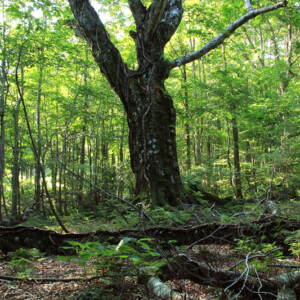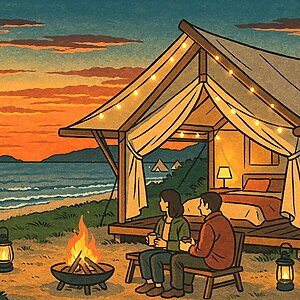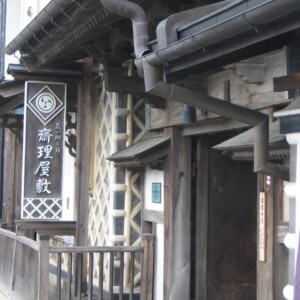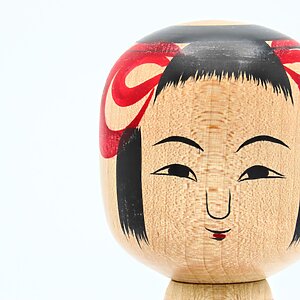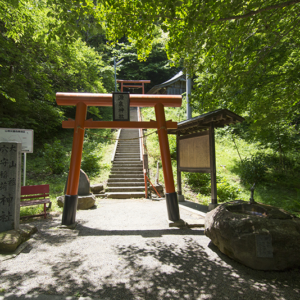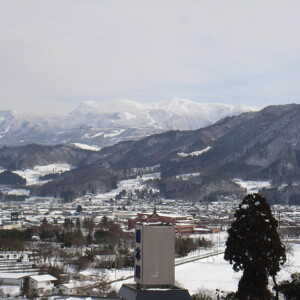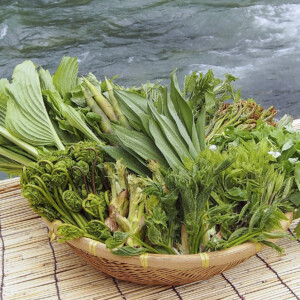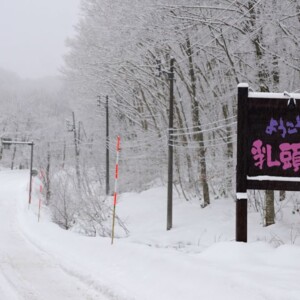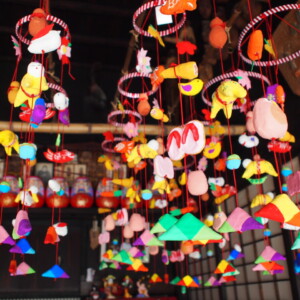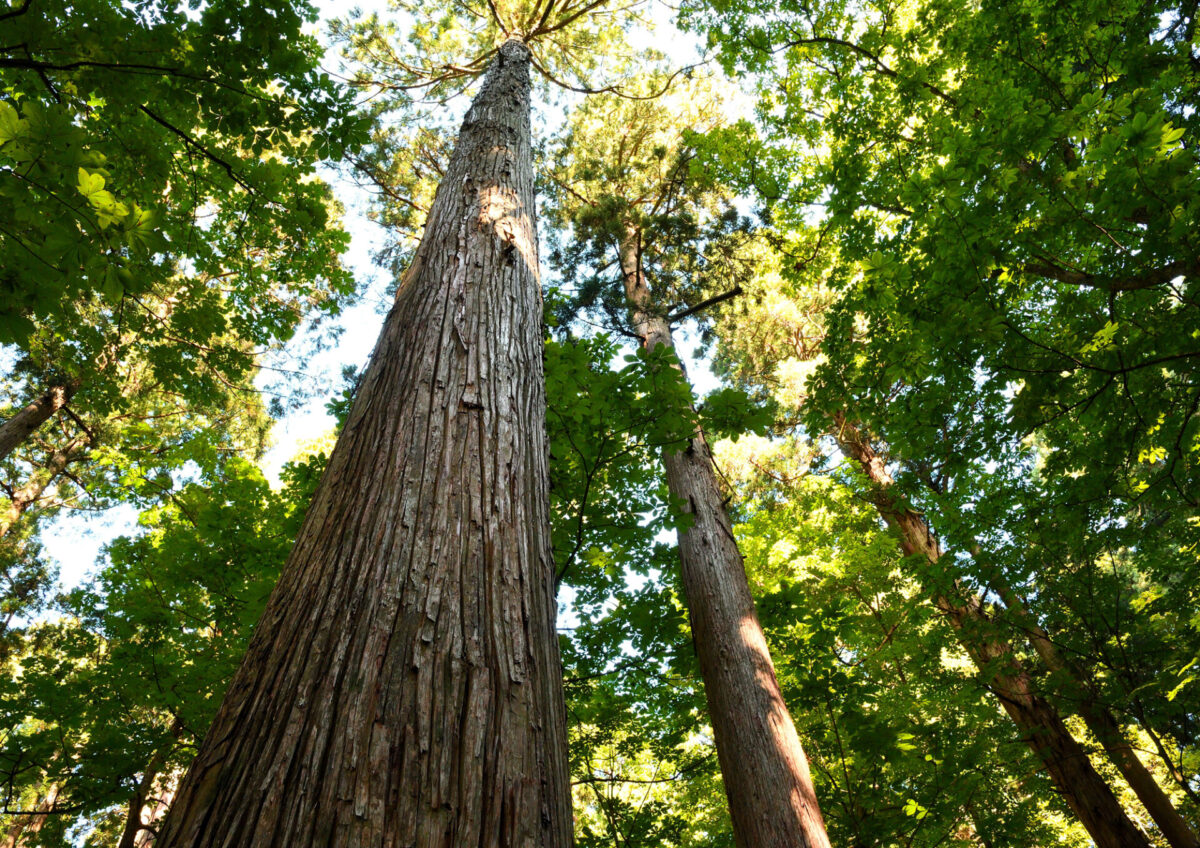
Let's go see the natural Akita cedars [1] The striking natural Akita cedars
table of contents
- 1 When Toyotomi Hideyoshi built Fushimi Castle, he used Akita cedar, which made it famous.
- 2 It wasn't until after 2000 that full-scale protection of Akita cedars began.
- 3 A natural Akita cedar tree and a protected forest that can be visited
- 3.1 The tallest natural Akita cedar in Japan [Kimimachi Cedar]
- 3.2 The oldest tree in Akita Prefecture is the "Kobu Cedar," marked by a huge knob.
- 3.3 The Kamiouchisawa Nature Observation Education Forest has been thinned and preserved for research into cedar trees and other plants.
- 3.4 Two branched trunks grow upwards, leaning close together [Meoto Cedar]
- 3.5 The Nibetsu Forest Museum, where you can learn about forests, is also an ideal base for exploring the Nibetsu Natural Recreational Forest.
- 3.6 The Osugi Cedar of Mt. Ob is estimated to be 1,000 years old and has the largest trunk circumference in Akita Prefecture.
- 3.7 Eight branches grew from one tree [Honai's Eight Cedars]
Cedar is a tree native to Japan, and fossils dating back approximately 5.3 million years have been found in Akita Prefecture. Archaeological excavations have shown that humans were using cedar trees as early as the early Jomon period. Later, around 850 (early Heian period), cedar timbers were found on the outer wall of the remains of Hotta no Saku ( a national historic site in Daisen City), which was a frontline base for the Yamato Imperial Army that invaded from the south in an attempt to subjugate the people who had previously lived in this area.
When Toyotomi Hideyoshi built Fushimi Castle, he used Akita cedar, which made it famous.
During the Edo period, the Kubota Domain (Akita Domain) was established in the Akita region, and large amounts of Akita cedar were used in the construction of castles and castle towns, and even after the many major fires that occurred in Edo, huge amounts of cedar were sent to Edo from Noshiro Port (Noshiro City). As a result, Akita cedar was a major source of revenue for the Kubota Domain, but due to continued cutting, much of the natural forest was cut down and lost in the latter half of the Edo period.
It wasn't until after 2000 that full-scale protection of Akita cedars began.
Akita cedar continued to be used heavily after the Meiji period, and was continuously cut down, including natural forests and old trees planted during the Edo period. Of course, plantations continued, but it takes more than 50 years for cedar trees to grow and be usable as building materials. This difficult time for Akita cedar continued until the end of the 1900s.
It wasn't until the 2000s that this trend finally began to slow down. Forest management, which was premised on logging, was replaced by a conservation-centered policy, and logging of natural forests was banned, with only trees planted before the Meiji era that were 80 to 100 years old being allowed to be cut down. Akita cedars were finally protected, but it was too late, and by that time there were almost no natural Akita cedars left.
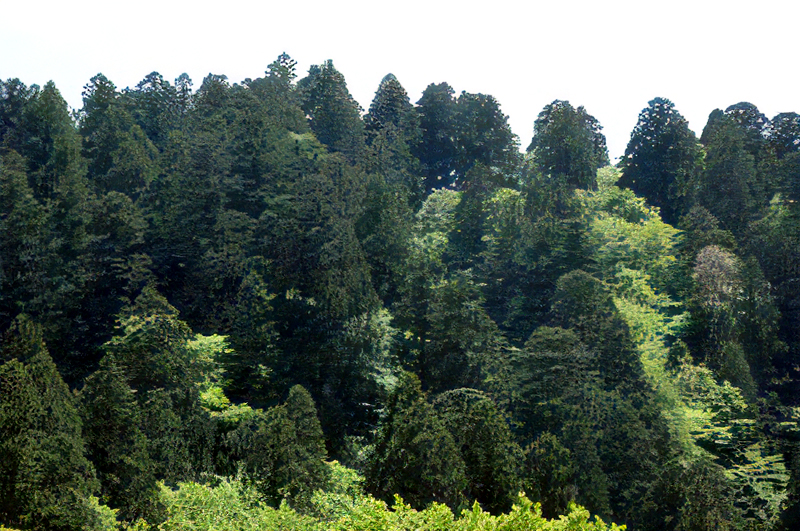
A natural Akita cedar forest is defined as a forest that meets the following criteria: "It the Yoneshiro River basin (northern Akita Prefecture), is over 150 years old, is over 54cm thick (particularly good ones are over 68cm), is over 33m tall, is composed almost entirely of cedar trees, is densely packed and dark, has long, straight trunks from the base to the branches, and is growing vigorously."
A natural Akita cedar tree and a protected forest that can be visited
we will introduce the natural Akita cedar forest, focusing on special named
The tallest natural Akita cedar in Japan [Kimimachi Cedar]
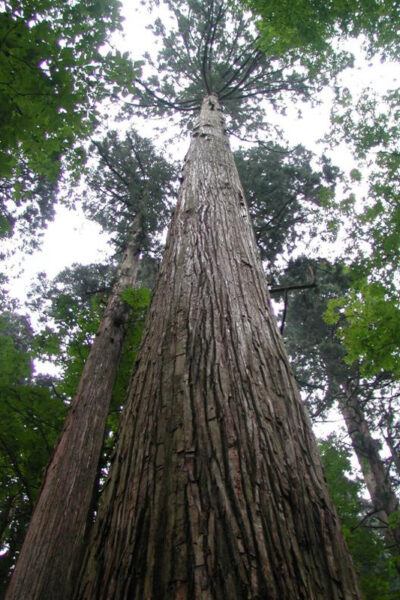
The tallest natural Akita cedar in Japan, the Kimimachi cedar , is found within the Nibunamizusawa Cedar Rare Population Protection Forest .
The Nifu Mizusawa Cedar Rare Population Protected Forest is a natural Akita cedar forest located approximately 19km south of JR Futatsui Station (Futatsui-cho, Noshiro City), past an artificial cedar forest. The protected forest is a precious forest that has remained in its natural state with almost no logging since the Meiji era, and is home to approximately 2,800 natural Akita cedar trees. The average age of the trees is said to be 250 years, and the sight of the cedars growing to about 50m tall, competing with each other as they reach higher and higher, is a spectacular sight.
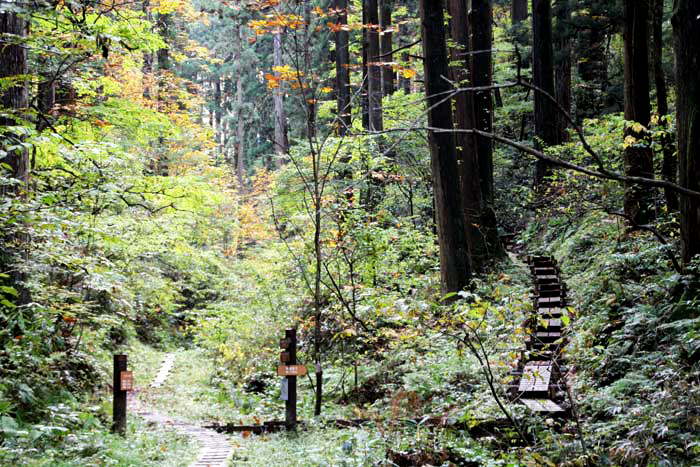
Kimimachi Cedar is the tallest natural Akita cedar in Japan, standing 58m tall, with a trunk circumference of 5.15m and an estimated age of approximately 250 years. There are other giant natural Akita cedars in the surrounding area Kimimachi Mokkun Cedar , Koibumi Cedar , Akita Bijin Cedar, and Tashiro Cedar , and a walking trail has been built within the protected forest that can be walked in about 30 minutes.
Kimimachi Cedar has been selected as one of the 100 Giants of the Forest.
Information about the tallest natural Akita cedar in Japan [Kimimachi Cedar]
- Name: Kimimachi Cedar
- Age: 250 years (estimated)
- Tree height: Approximately 58m
- Trunk circumference: 5.15m
- Location: Tashiro Mizusawa, Futatsui-cho, Noshiro City, Akita Prefecture
- For inquiries, please contact: Futatsui Town Tourism Association
- Phone number: 0185-73-5075
- Freedom to stroll
- Beware of animals such as bears and deer
- URL: Kimimachi Cedar
- access:
- Public transportation: Approximately 15 minutes by taxi from Futatsui Station on the JR Ou Main Line
- By car: Approximately 20 minutes from Noshiro Minami IC on the Akita Expressway, there are signs along the way
Google Map
The oldest tree in Akita Prefecture is the "Kobu Cedar," marked by a huge knob.
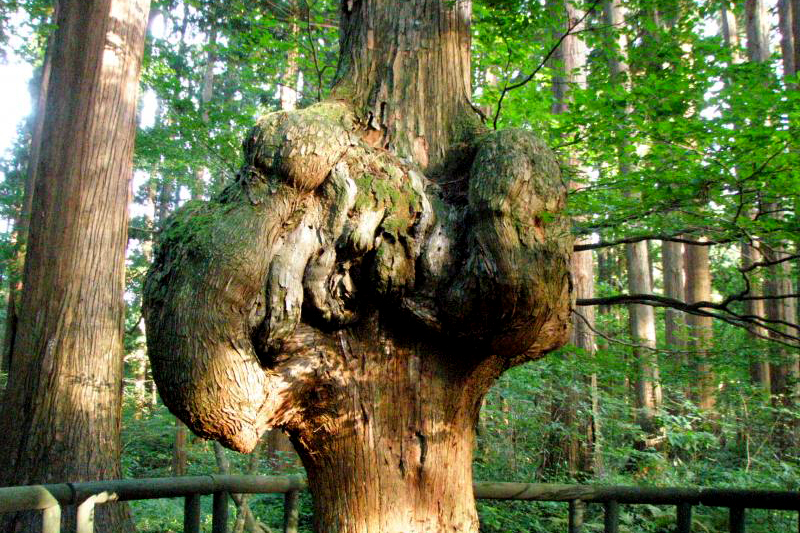
The knotty cedar is the Kamioonaizawa Nature Observation and Education Forest in Kamikoani Village , and is estimated to be 200 to 300 years old.
The most distinctive feature of the knotted cedar is the large, bulging bump (bump) that rises from about eye level. The bump is only present in that area, and the rest of the tree is a normal cedar. However, the tree is estimated to be 200-300 years old, with a trunk circumference of 3.8m and a height of 40m, and was selected as one of the "100 Giants of the Forest" in 2000 (Heisei 12). It is one of the oldest natural Akita cedars in Akita Prefecture.
The longest knot is 2.2m, and the trunk has a circumference of 6.6m. The surrounding cedar forest is full of old, straight trees that are about 50m tall, and this is the only one with a knot. It has a truly mystical appearance.
The cause of this bump is unclear. Generally, there are several reasons why bumps form on trees, such as disease or to protect against wounds, but the arborist who examined the tree could not identify the cause.
The Kamiouchisawa Nature Observation Education Forest has been thinned and preserved for research into cedar trees and other plants.
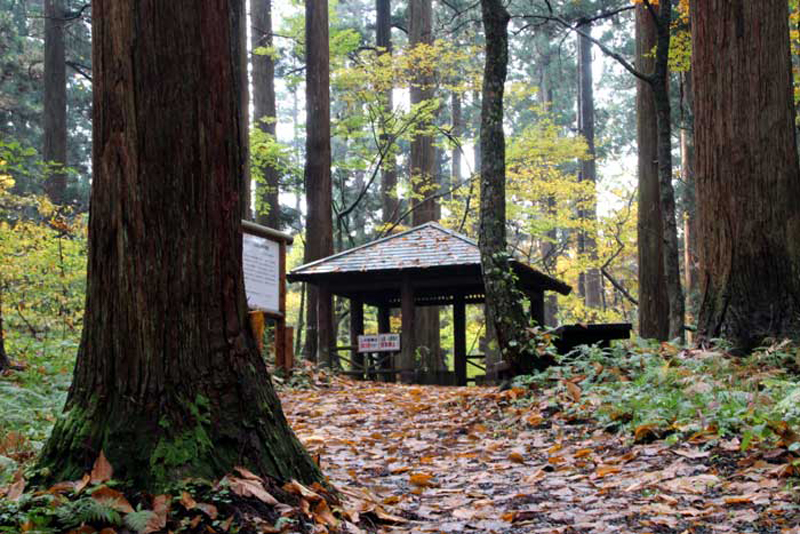
The Kamiouchisawa Nature Observation Educational Forest, where the knotty cedars are found, was established in 1924 (Taisho 13) as a natural forest harvesting test site, and the growth conditions of the natural cedars have been observed and investigated. In 1988 (Showa 63), it was designated a Nature Observation Educational Forest to preserve the beautiful appearance of the natural cedars and utilize them as a place for villagers to relax and learn about the forest environment. The education forest is home to over 700 natural Akita cedars, each 200 to 300 years old, as well as knotty cedars and many giant trees over 50 meters tall, including the 56-meter-tall Futamata no Ki. The cedar forest in the Mountain Village Square just before the Kamiouchisawa Nature Observation Educational Forest is a man-made forest with trees 50 to 80 years old, and the difference from a natural forest is clear.
To get to the Kobu Cedar, park your car in the Yamamura Hiroba parking lot, where there is a toilet, and walk along the footpath. The Kobu Cedar has been selected as one of the 100 Giants of the Forest.
※Note
To get to the Mountain Village Square and Ouchizawa Nature Observation Education Forest [Kobu Cedar], you have to go from the center of Futatsui-cho, Noshiro City, along a village road that was formerly a forest railway. However, as of July 2025, the road is closed due to damage to the shoulder caused by heavy rains in 2024. It is scheduled to reopen in March 2026. Please be sure to contact Kamikoani Village (telephone number: 0186-77-2221)
Kobu Cedar Information
- Name: Kobu Cedar ("Mountain Village Square" and "Ouchizawa Nature Observation Education Forest")
- Age: 200-300 years (estimated)
- Tree height: Approximately 40m
- Trunk circumference: normal part 3.77m / knobby part 6.6m
- Contact: Kamikoani Village
- Phone number: 0186-77-2221
- Location: National Forest, Obayashi, Kamiouchisawa, Kamikoani Village, Kitaakita District, Akita Prefecture
- Freedom to stroll
- Beware of animals such as bears and deer
- URL: Kobu Cedar
- access:
- Public transportation: Approximately 45 minutes by car from Takanosu Station on the JR Ou Main Line
- By car: Approximately 35 minutes from Gojome IC or Hachirogata IC on the Akita Expressway
Two branched trunks grow upwards, leaning close together [Meoto Cedar]
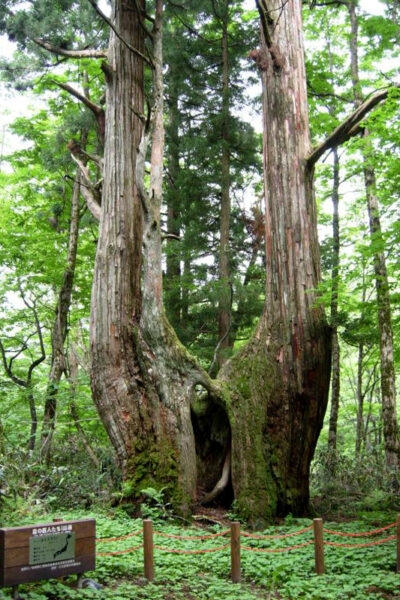
Meoto Cedar is a natural Akita cedar tree with two trunks that split from the base and stand side by side in sympathy. It is 200 to 300 years old, has a trunk circumference of 12 meters, and is 36 meters tall.
Nibetsu Natural Recreational Forest where the Meoto Cedars are found , is located within the Mount Taihei Prefectural Natural Park/Nibetsu National Forest, which , and is centered around the 1,170m-high Mount Taihei, towering east of Akita City. This cedar forest was originally a mountain directly owned by the Satake Domain and has been carefully protected since the Edo period, and is now protected as a natural recreational forest.
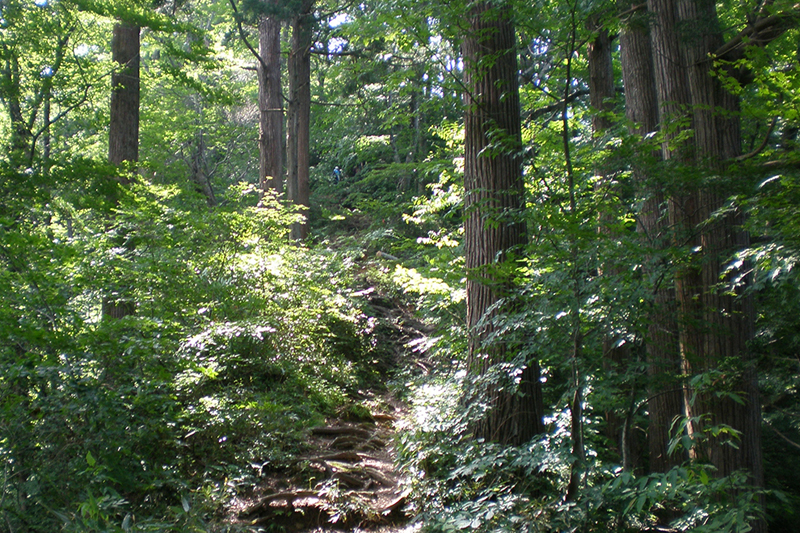
Meoto Cedar has also been selected as one of the Top 100 Giants of the Forest.
The Nibetsu Forest Museum, where you can learn about forests, is also an ideal base for exploring the Nibetsu Natural Recreational Forest.
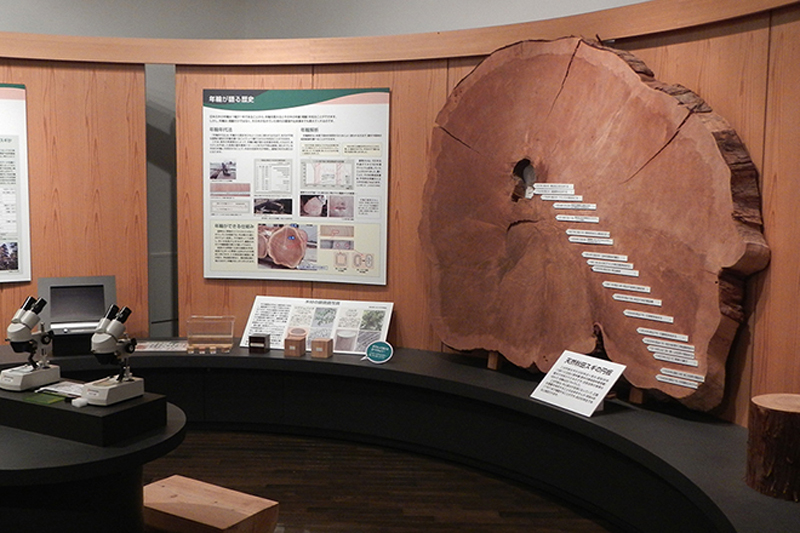
The Nibetsu Forest Museum located within the Nibetsu Natural Recreational Forest , is a facility where you can learn about Akita cedars and the Nibetsu forest. It also displays scenes of the Nibetsu Forest Railway and timber rafting that once existed. It's convenient to use the parking lot at the Nibetsu Forest Museum to stroll through the Meoto Cedar and natural Akita cedar forests.
※Note
As of July 2025, the forest road in front of the Nibetsu Forest Museum is closed due to damage caused by heavy rains in 2024, so the Nibetsu Forest Museum is currently closed. [Meoto Cedar] You can reach the Nibetsu Natural Recreation Forest by walking along the footpath within Mount Taihei Prefectural Natural Park, but this requires full-fledged mountaineering equipment and is not recommended. Restoration work is currently underway and is scheduled to reopen in 2027. For inquiries, please contact at 018-882-2417.
Meoto Cedar Information
- Name: Meoto Cedar (within Nibetsu Natural Recreation Forest)
- Age: 200-300 years (estimated)
- Tree height: Approximately 36m
- Trunk circumference: approx. 12m
- Contact: Tohoku Forest Office
- Phone number: 018-836-2214
- Address: Akita Prefecture, Akita City, Nibetsu, Tsurusawa National Forest, 010-0824
- Freedom to stroll
- Beware of animals such as bears and deer
Nibetsu Forest Museum
- Facility name: Nibetsu Forest Museum
- Location: 22nd Forest Section, Nibetsu Tsumzawa National Forest, Akita City, Akita Prefecture
- Opening days: Early May to early November
- Opening hours:
- May to September: 10:00 to 17:00
- October and November: 10:00-16:00
- Closed: Tuesdays, Wednesdays, Thursdays (except public holidays)
- URL: Nibetsu Forest Museum
- access:
- Public transportation: Akita Shinkansen, JR Ou Main Line, Uetsu Main Line, approximately 50 minutes by car from Akita Station
- By car: Approximately 50 minutes from Akita Chuo IC on the Akita Expressway
Google Map
The Osugi Cedar of Mt. Ob is estimated to be 1,000 years old and has the largest trunk circumference in Akita Prefecture.
Cedar of Mt. Ob is natural Akita cedar said to be over 1,000 years old (unconfirmed) and towering over a steep slope at an altitude of 450m along the Kawaguchi Valley in Makimahiru Prefectural Natural Park, which stretches across the mountainous region of eastern Akita Prefecture, spanning Daisen City and Misato Town.
The trunk is 12.4m in circumference, making it the thickest in Akita Prefecture. There are also two other large natural cedar trees in the surrounding area, each with a trunk circumference of over 8m, and together they have been designated a natural monument of Daisen City as the Obuyama Large Cedar Colony
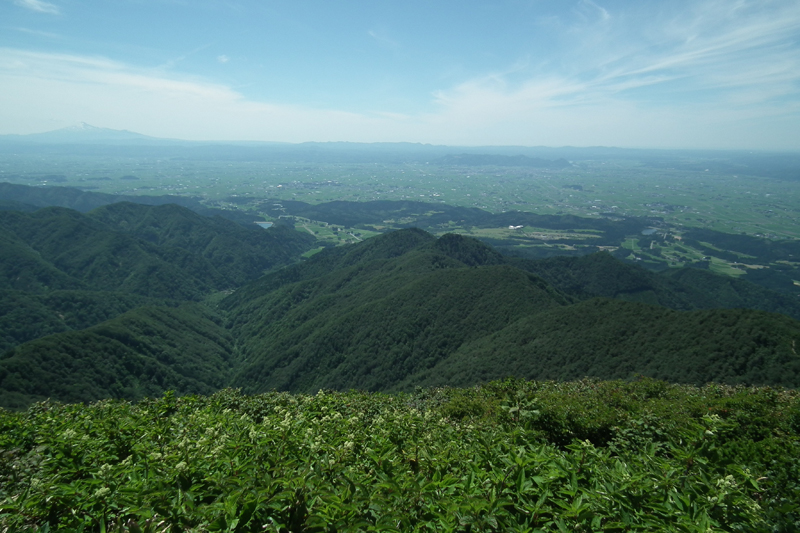
Uetsu from JR Daisen Station to Ou Sanso, a hot spring resort located in Kawaguchi Valley within Maki Mahiru Prefectural Natural Park, and then walk from there (about 45 minutes one way). By car, park your car at the entrance to Kawaguchi Valley, just before Ou Sanso, and it's about a 60-minute drive. Ou Sanso has a natural hot spring (sodium and calcium sulfate spring), and day-trip bathing is available (600 yen for adults), so we recommend scheduling a visit to the hot spring and using the parking lot at Ou Sanso, even if you're driving.
Information about the Great Cedar of Mt. Ob
- Name: Obuyama's Great Cedar
- Age (estimated): Over 1,000 years old
- Tree height: 34m
- Trunk circumference: 12.4m
- Location: Ota, Ota-cho, Daisen City, and other locations
- Contact: Daisen City Ota Branch Office Citizen Services Division
- Phone number: 0187-88-1111
- Freedom to stroll
- Beware of animals such as bears and deer
- URL: Osugi Cedar of Mt. Ob/Maki Mahiru Prefectural Natural Park
- access:
- Public transportation: Akita Shinkansen, JR Ou Main Line, Tazawako Line: Approximately 25 minutes by car from Omagari to the entrance to Kawaguchi Valley, then approximately 60 minutes on foot from the parking lot, or take the Ugo Kotsu bus bound for Ou Sanso to the last stop and walk approximately 45 minutes
- By car: Approximately 30 minutes by car from Omagari IC on the Akita Expressway to the entrance to Kawaguchi Valley, then approximately 60 minutes on foot from the parking lot.
Google Map
Eight branches grew from one tree [Honai's Eight Cedars]
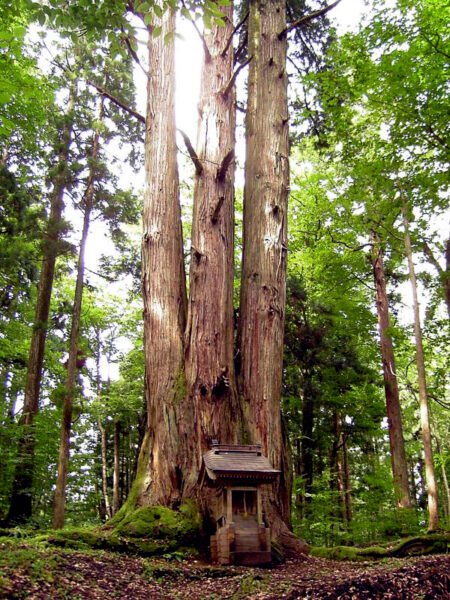
" Hounai's Eight Cedars " is located in a forest area about 120m above sea level in Higashi-Yuri Honjo, in the eastern part of Yurihonjo City at the foot of Mt. Chokai. When it was first discovered, it was a single cedar tree that split into eight trunks along the way, hence the name " Hounai's Eight Cedars ." Currently, there are seven trunks remaining, with six branching off about 3m above ground and one dead trunk. "Hounai's Eight Cedars" is a designated natural monument of Akita Prefecture. At its base there is a small shrine that is said to have existed since the Edo period. It is an important sacred tree for the local people, and has been carefully protected for generations.
With a trunk circumference of 11.50m and a height of 40m, the tree is estimated to be 700, 500, or 300 years old, but there is no doubt that it is an ancient natural Akita cedar. Because the trunk circumference is so large, the place where it branches out has an area the size of three tatami mats, and there is a story that local people used to hold drinking parties there, which may or may not be true.
The eight cedar trees in Hounai have been selected as one of the 100 Giants of the Forest.
Information about the eight cedar trees in the law
- Name: Hounai's Eight Cedars
- Estimated age: 300 to 700 years
- Tree height: about 40m
- Trunk circumference: approx. 11.50m
- Location: Higashiyurihonjo, Yurihonjo City, Akita Prefecture
- Contact: Yurihonjo City Higashiyuri General Branch Office, Industry and Construction Division
- Phone number: 0184-69-2116
- URL: Houchinai no Yahonsugi
- access:
- Public transportation: From JR Uetsu Main Line Ugo-Honjo Station, take the Ugo Transportation Bus Higashi-Yuri Line or Honjo-Yokote Line for approximately 45 minutes, then get off at Kura bus stop and walk for approximately 40 minutes, or drive for approximately 50 minutes.
- By car: Approximately 30 minutes from Honjo IC on the Nihonkai Expressway
Google Map
Natural Akita cedars have barely survived deforestation. So far, we have introduced the few natural Akita cedar forests and the lone cedar trees that have lived there for hundreds of years. However, there are some natural Akita cedar forests that we were unable to introduce, such as Mt. Shichiza and Yatate Pass, which do not have the famous lone cedar. These are introduced in "Let's go see natural Akita cedars [2]," so please take a look.


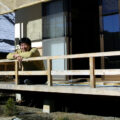

![Let's go see the natural Akita cedars [2] A forest of natural Akita cedars with giant trees over 200 years old Mt. Nanaza](https://jp.neft.asia/wp-content/uploads/2025/08/2e1cab44ce484b377d4a0b2675da2274-150x150.jpg)
![Karitamin Shrine in Zao Town, the center of "swan faith" that is passed down in the southern part of the prefecture [Miyagi Prefecture] Monument in the swan](https://jp.neft.asia/wp-content/uploads/2025/01/IMG_0975-EDIT-1-150x150.jpg)
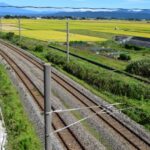
![Recommended as a souvenir! Introducing delicious sweets from Mukaiyama Seisakusho [Fukushima Prefecture] butter sandwich](https://jp.neft.asia/wp-content/uploads/2022/03/28562739_m-150x150.jpg)

![[Aomori Prefecture during the Boshin War] What were the decisions of the Hirosaki, Kuroishi, Hachinohe, and Shichinohe domains? 23980173_m](https://jp.neft.asia/wp-content/uploads/2022/06/23980173_m-150x150.jpg)
![[Onahama, Iwaki City, Fukushima Prefecture] Onahama has regained its liveliness with the opening of Onahama Marine Bridge 24911854_m](https://jp.neft.asia/wp-content/uploads/2022/11/24911854_m-150x150.jpg)
![A tour of precious cultural assets that remain in Minami Aizu, the southern part of the Aizu region [Fukushima Prefecture] 002402574](https://jp.neft.asia/wp-content/uploads/2022/11/002402574-150x150.jpg)
